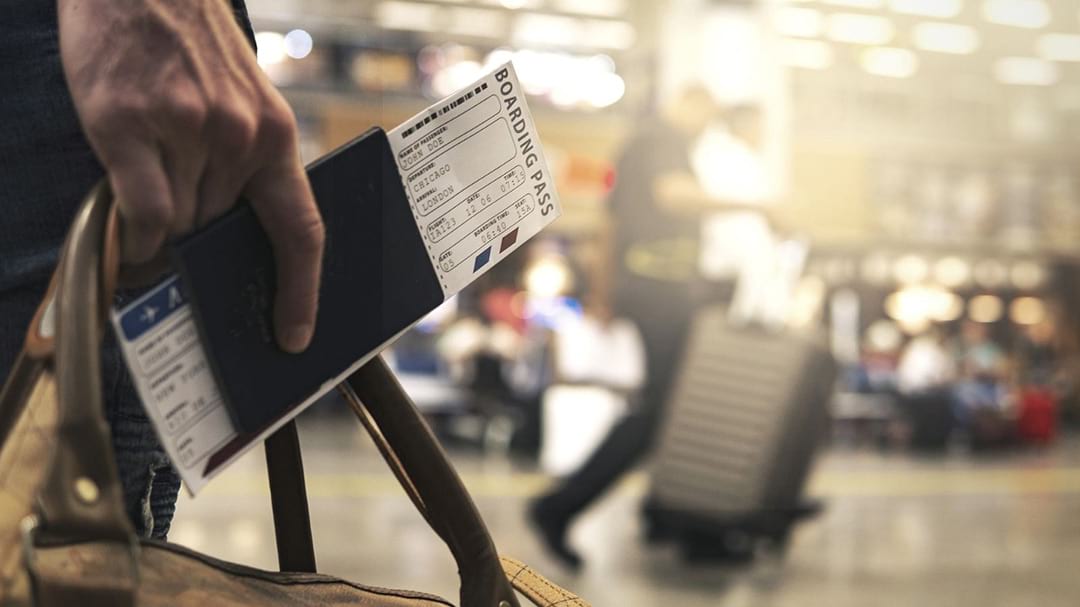Expat Tax Articles
The US Expat Guide To The Physical Presence Test

Ready to seek assistance with your US taxes?
Filing US taxes as an American abroad is complex. We help make it easy for you.


Filing US taxes as an American abroad is complex. We help make it easy for you.
